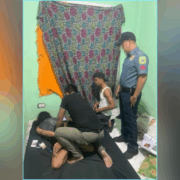Food, faith and folkways of ‘Undas’ in Panay and Guimaras

ILOILO CITY—As October ends and the first cool whispers of “amihan” drift across the fields of Panay, kitchens in Western Visayas begin to stir with a familiar rhythm.
The mortar and pestle echo against wooden tables; the scent of coconut milk, banana leaves and newly harvested rice fills the air. Long before the candles are lit in the cemeteries, the living are already cooking for the dead.
For many Ilonggos, Tagkaralag—All Saints’ and All Souls’ Days—is not only a time for cemetery visits or novena prayers. It is a ritual of food and memory, a time when the boundary between the living and the departed softens like rice simmering in coconut cream.
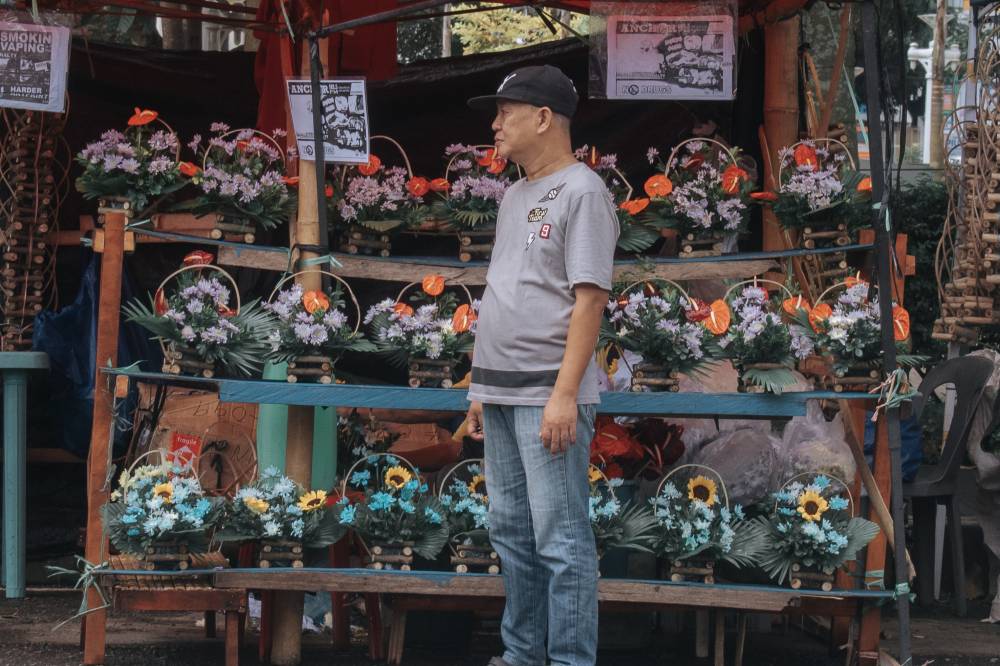
Food as offering
In many barangays across Iloilo, the faithful still practice what elders call “ginkalag”—the act of offering or “stealing” food for the souls. Rejie Palmos, a professor from the West Visayas State University, recalls how neighbors once allowed others to pick fruit or harvest produce for communal cooking. “They would let you take bananas or cabugao (pomelo) from their yards,” he says. “The food was believed to be ‘taken by souls,’ but really, it was shared by the living. People would cook it together, eat it together. Tagkaralag was the time for generosity.”
In the barrios of Miagao, he adds, residents will usually eat by the sidewalks or barangay plazas before Nov. 1. The other practice is “panguyang” where cooked food is placed on a small altar with a candle and water. “It’s our way of feeding the souls when they visit,” says Palmos. “We cook from our harvest, offer a portion to them first, before anyone eats.”

In Guimbal, residents join each other gathering bananas and chicken for what they believe are offerings to the spirits. “Kuno abi ginkawat sang kalag—but actually, buhi ang nagkuha (We pretend these were stolen by the spirits, but actually it was the living who got them,” is the explanation. “It was really just sharing.”
That connection between the soil and the soul, between harvest and remembrance, traces its roots to pre-Hispanic Visayan rituals of thanksgiving to the anito and umalagad—the guardian spirits of the land and family. Centuries later, that reverence has survived, now dressed in Christian prayers and flickering candles.
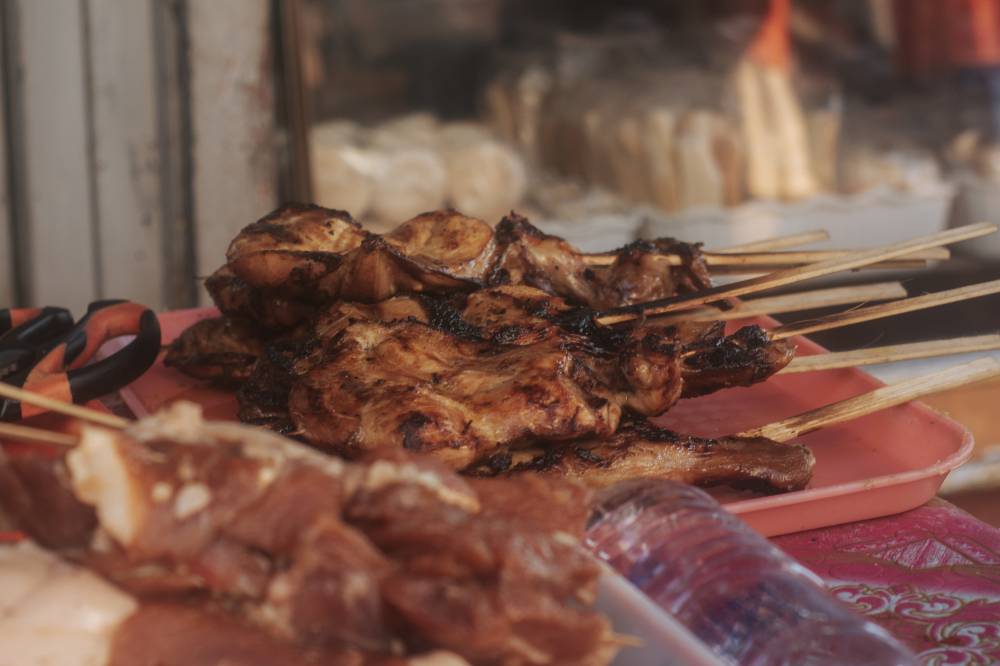
The harvest and the hearth
“We cook the first fruits or harvest rice,” shares Ruth Anotado Lebes of Guimaras, who is now based in Canada. “We make them into ibos or pilipig, the traditional rice snacks that, in the old days, we still pounded by hand in a mortar (lusong). We visit the cemetery, and on our way home, we stop by our relatives’ houses to reconnect and eat Ilonggo kakanin, our native rice delicacies. Most likely during Nov. 1, Ilonggo kakanin is served or shared with neighbors. The smell of rice or pilit (glutinous rice) fills the air because we use the new harvest.”
She recalls the scent that defined her childhood. “I can always associate Nov. 1 with the smell of freshly harvested rice being cooked or pan-fried. Then we make baye-baye (sweet toasted rice and coconut delicacy), pilipig (pounded glutinous rice), ibos (sticky rice wrapped in palm leaves), suman (sweet glutinous rice roll steamed in banana leaves), and kalamay hati (coconut jam made from sugar and coconut milk). All of them are home-cooked.”
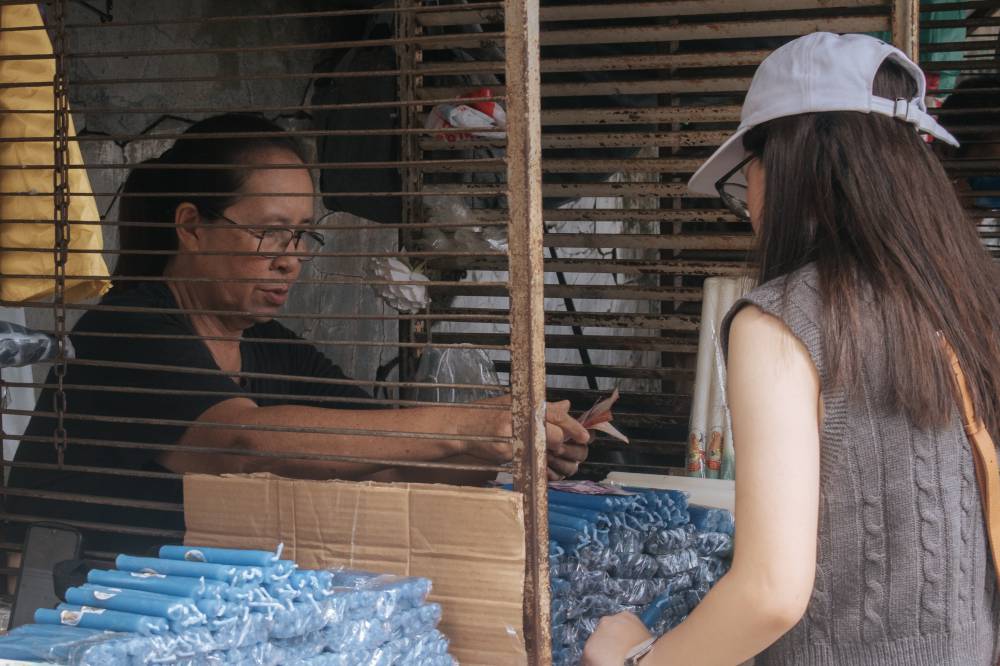
Welcome home
As dusk falls on Nov. 1, homes across Western Visayas glow softly with candlelight. “By 6 p.m., we make sure we’re home from Mass,” says student Margarette Rose Fernandez. “We light candles at every door because our elders believe it welcomes the souls. And we can’t close the doors until the candles are done.”
Content creator Andrea Ortega Guanco remembers the same scene from her childhood: “We light candles by the door and keep it open until evening, to guide the souls of loved ones back home. There’s also food offered, sometimes their favorite dishes and a nine-day novena for the dead.”
In some towns like Zarraga, the ritual begins even earlier. “We pray for the souls every night from Oct. 24 until Nov. 1,” shared high school teacher Jenifer Rivera. “That’s how my family has done it since I was in first grade.”
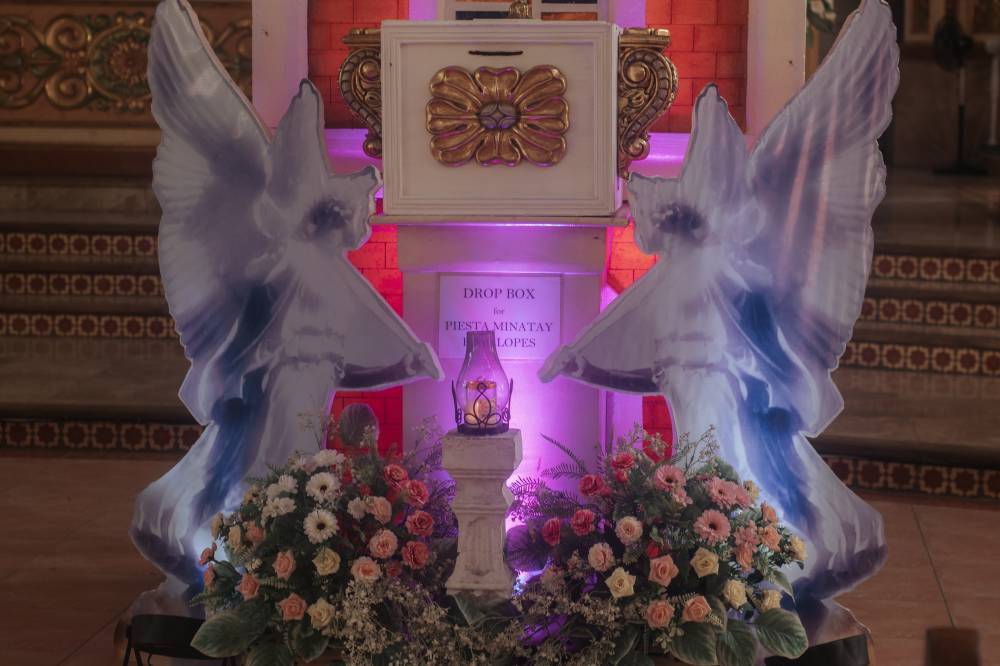
The feast of the living
Beyond the household altars, “Undas” is also a time of sharing. In Capiz, Antique and Iloilo, children once went door to door chanting or praying for the souls—a practice called “pangalagkalag.”
“We’d go from house to house asking for suman or inday-inday,” says Luvenia Cardiel. “Then we’d gather the leftover candle wax and mold it into a ball to make floor wax!” she adds with a laugh.
Eric Gasataya, from Guimbal, calls it “mangalag-ngalag”: “We share galu-galu pilit—sticky rice sweets—with our neighbors, then hold novenas. It’s like our version of a neighborhood feast for the souls.”
High school teacher Roldan Cablas remembers how his village turned Nov. 1 into a kind of moving meal. “At night, we’d go house to house and eat what each family cooked—suman (sticky rice cake wrapped in banana leaves), kalamay hati (thick coconut caramel/jam), muasi (sweet glutinous rice balls rolled in grated coconut and sugar) and alupi (steamed cassava cake wrapped in banana leaves).”
“We’d carry a burning coconut leaf to light the way. Aside from eating, may take-home pa,” he adds.
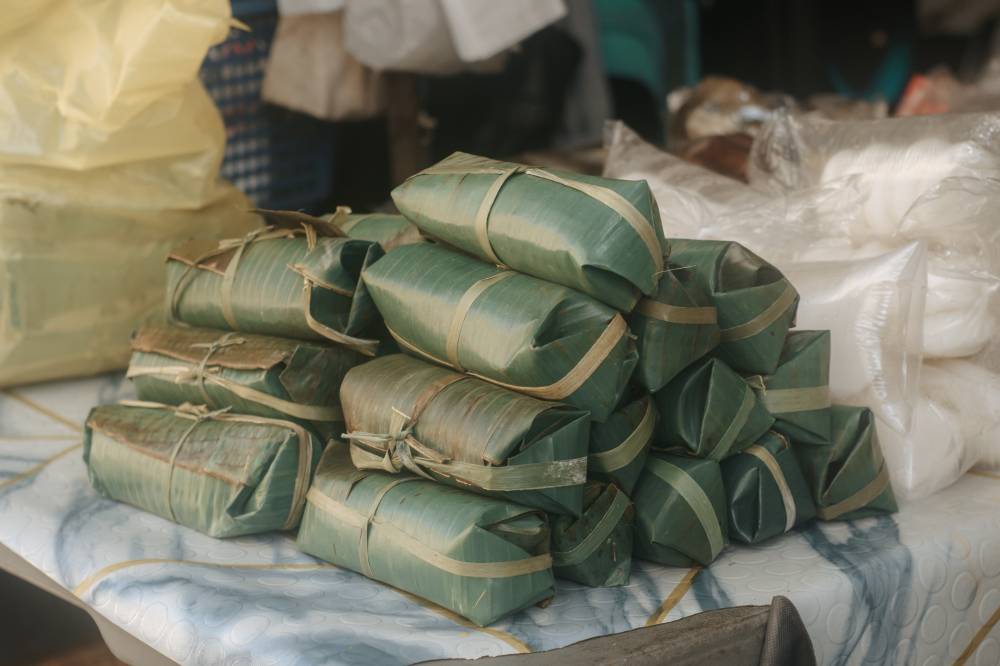
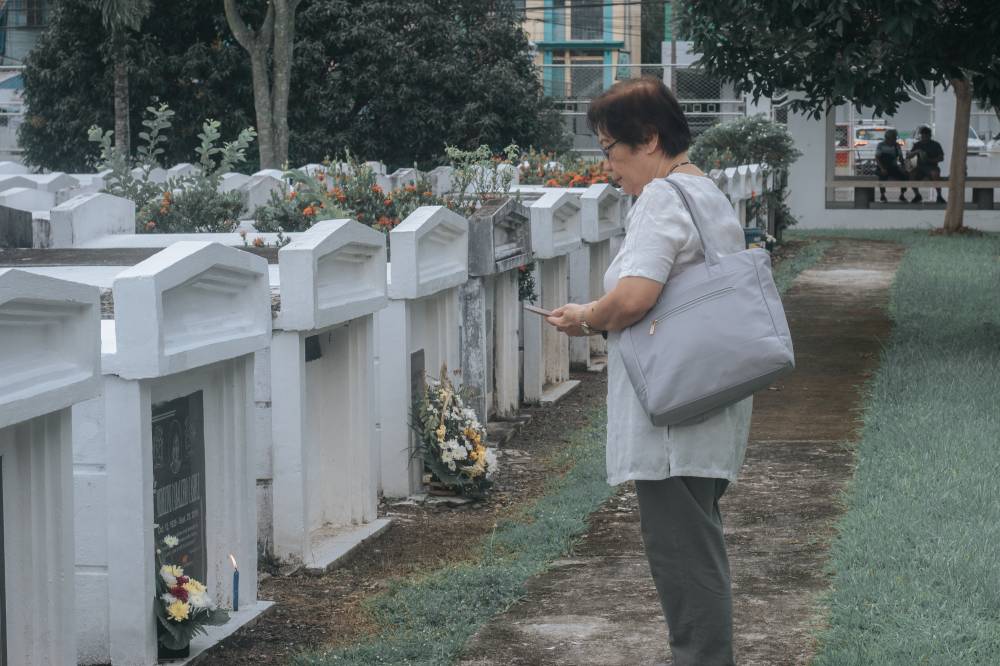
Faith, rituals
Even as some of these practices fade, traces of them remain in the rhythm of Undas. The prayers, the food, the light—they still bind families to both memory and meaning.
In an age of store-bought candles and preordered flowers, there is something quietly enduring about the Ilonggo kitchen on the eve of All Souls’ Day—the rice steaming in the pot, the soft crackle of banana leaves, the hands folding offerings meant for those unseen. For in the end, Undas in Western Visayas is not merely about mourning. It is about feeding the soul—ila kag aton man (theirs and ours).











